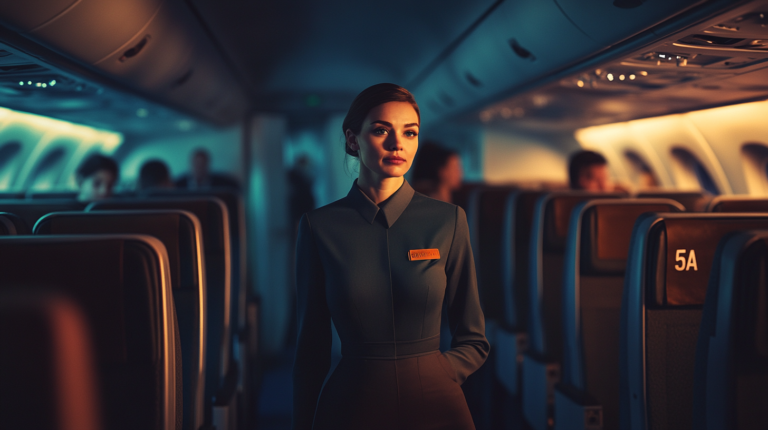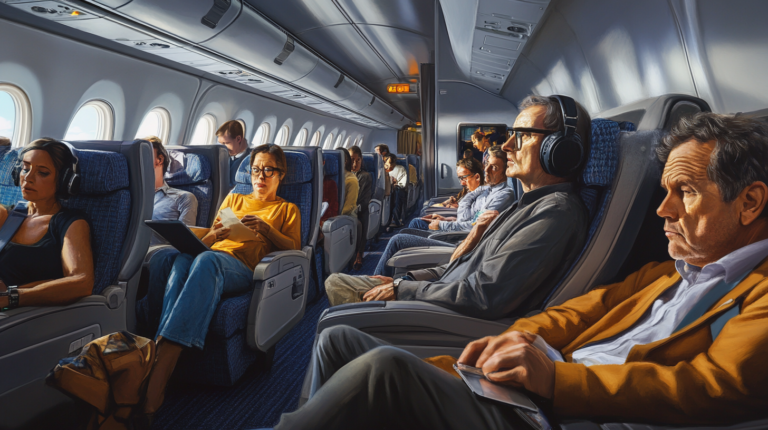10 Must-Have Business Travel Gadgets for 2025
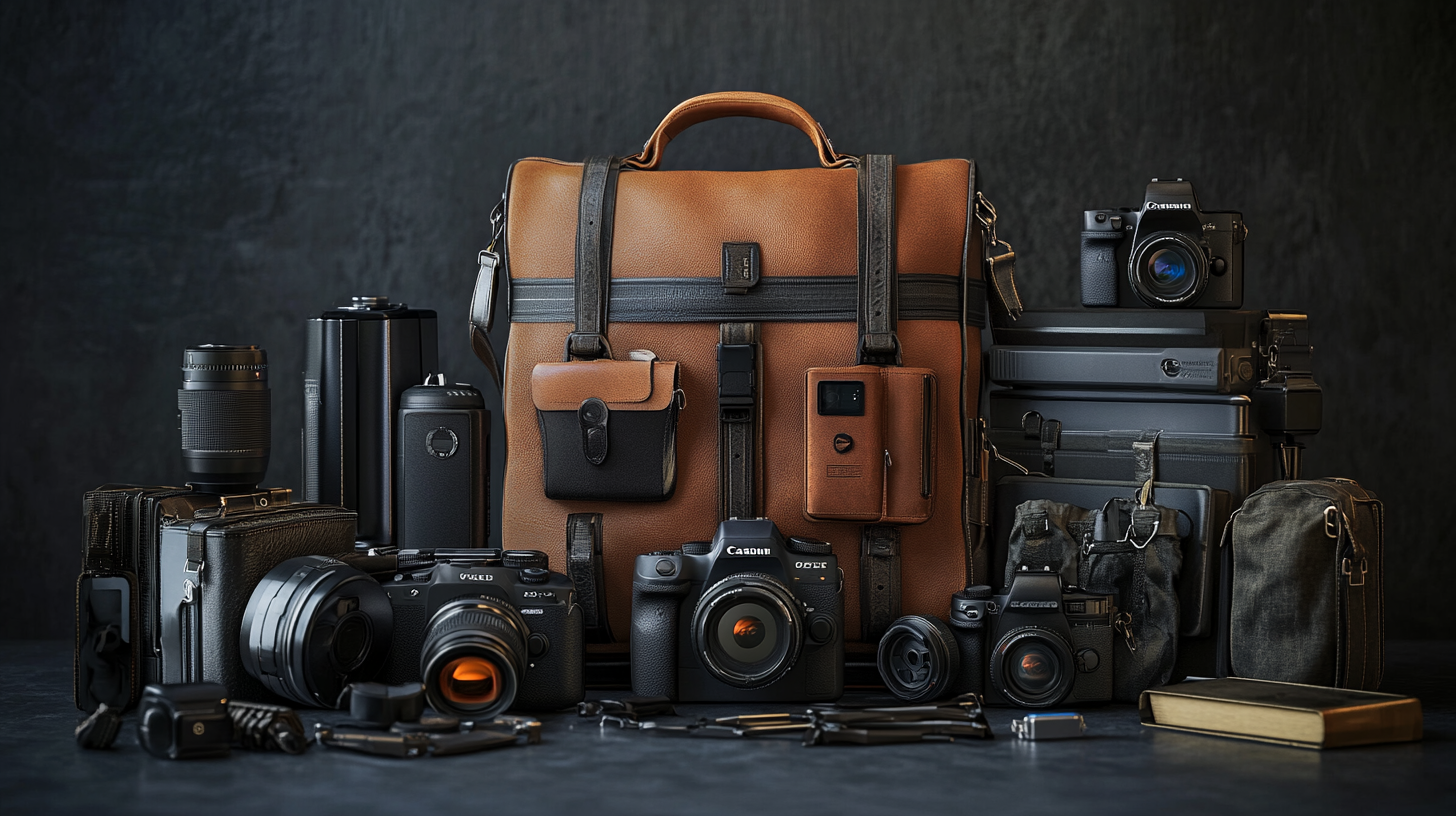
In my near-future explorations, I’ve seen firsthand how business travel gadgets have catapulted to new heights, transforming even the most mundane trips into efficient, comfortable journeys. The rapid rise of AI, digital connectivity, and sustainable travel solutions means our 2025 checklist is filled with gear that’s smarter, lighter, and more eco-conscious than ever before. Whether it’s checking in remotely with a new e-SIM device or slipping a foldable keyboard into your pocket, I’ve noticed these innovations making business trips feel more like an upgrade than an obligation.
Below, I’m diving into ten must-have gadgets that I believe add measurable improvements to the frequent flyer’s experience. From global statistics showing surging demand for portable power solutions to my own moments of personal relief—like finding my misplaced bag in record time thanks to a clever Bluetooth tracker—each recommendation is grounded in practicality and a genuine desire to elevate travel for all.
1. Smart Luggage
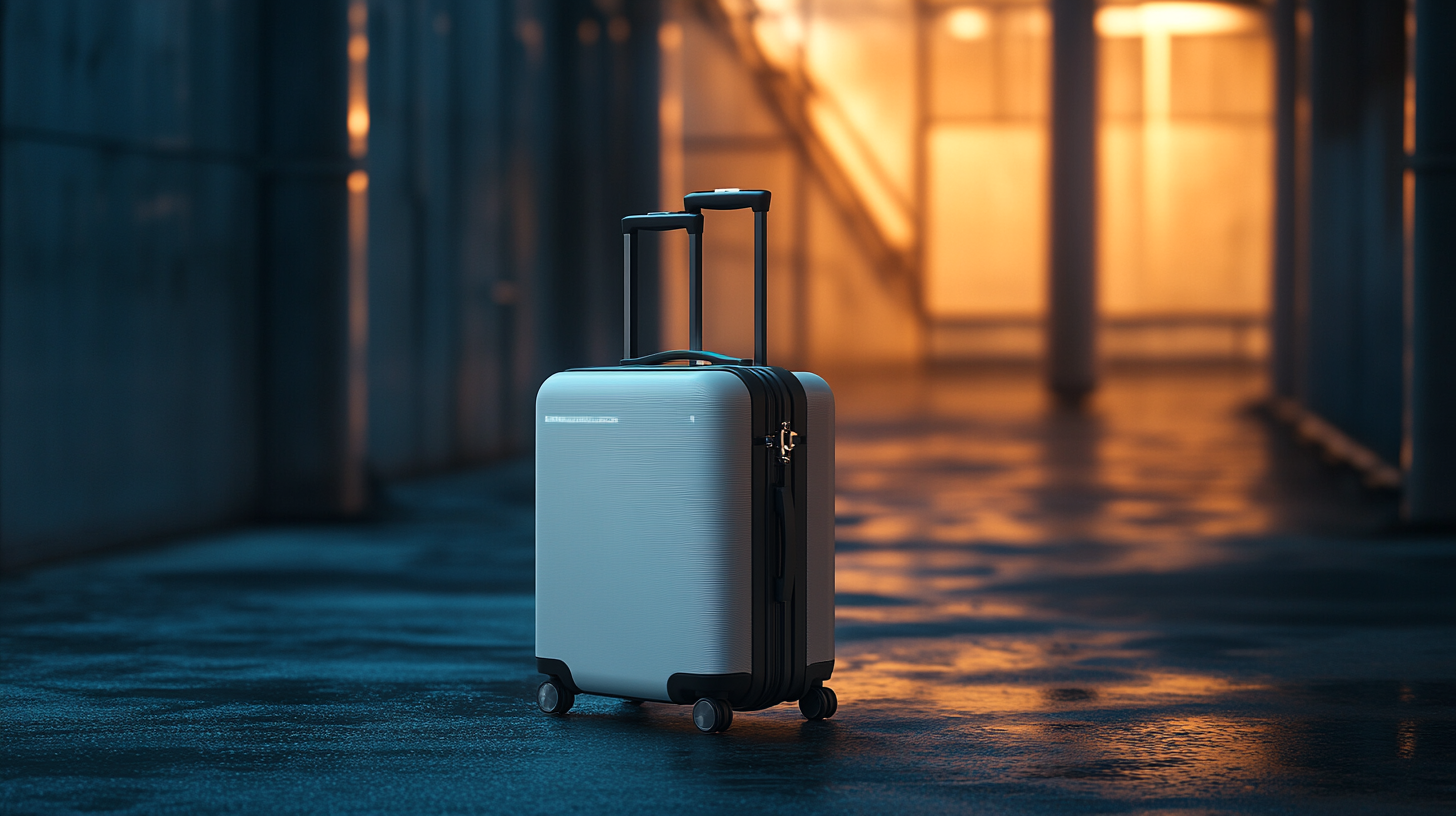
Technology’s biggest gift to travelers is arguably the smart suitcase. I’ve marveled at how these bags come equipped with GPS tracking, TSA-approved locks, and integrated scales that sync to your phone to prevent last-minute check-in surprises. According to recent industry data, nearly 35% of frequent travelers faced missing luggage issues last year, making location-tracking luggage a top priority. In my own travels, I’ve experienced the immense relief of confirming my suitcase’s whereabouts during a hectic layover—it turns out peace of mind can come with a simple tap on your smartphone.
Moreover, smart luggage manufacturers continue to innovate by creating lighter frames and using eco-friendly materials. Some even incorporate solar-powered panels to charge small devices on the go. With options like these, not only do you cut back on travel stress, but you also make a more sustainable choice. I’ve heard anecdotes from colleagues who’ve even recovered lost items in remote airports thanks to real-time app notifications. It’s like having a personal assistant for your luggage.
When selecting a smart suitcase, I highly recommend looking for models that include multi-directional spinner wheels for extra maneuverability—helpful for weaving through crowded terminals. Furthermore, keep an eye out for built-in USB ports. In those frantic moments before a meeting, a quick top-up of your phone or tablet can make all the difference in ensuring you remain connected and prepared.
2. Universal Travel Adapters
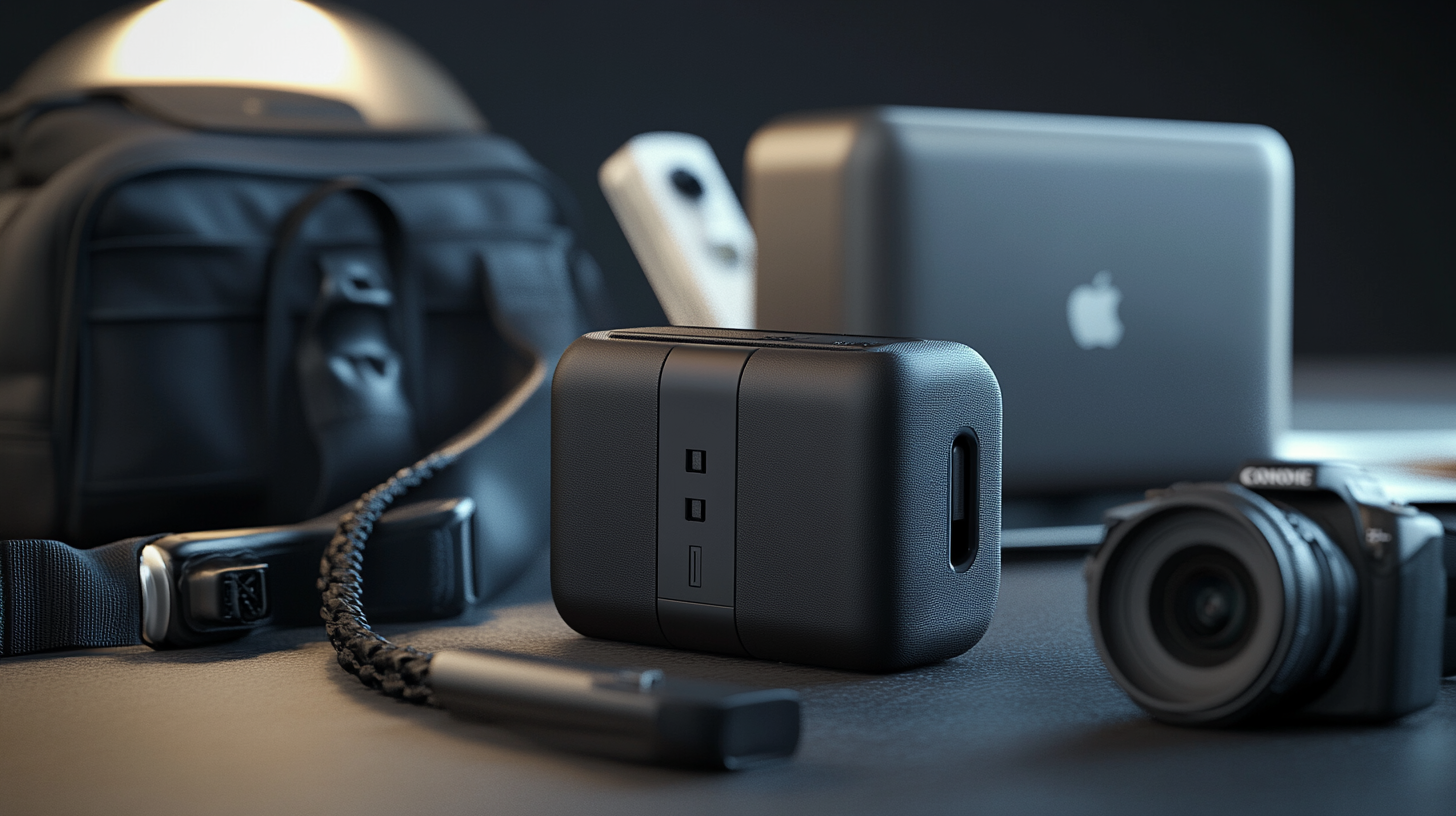
Adapting to different plug standards can be an unwelcome adventure in itself. In my travels, I’ve found universal adapters with USB-C and standard USB ports to be lifesavers, especially when navigating international airports or setting up temporary workstations in foreign hotels. A recent study suggests that 62% of business travelers pack at least three devices requiring regular charging, so a single adapter that covers multiple regions prevents frustrating rummage sessions in your carry-on.
One feature I appreciate is built-in surge protection. Subtle as it may seem, an unexpected voltage spike can fry sensitive devices—like the laptop storing your vital presentation. Look for adapters that comply with this specification and come with easily replaceable fuse systems to maintain device longevity and overall safety. Trust me, discovering you have no way to power your laptop halfway around the world is a glitch you’ll want to avoid.
Also, consider compact designs that fit neatly into side pockets or travel pouches. With so many trips under my belt, I’ve learned that a clutter-free bag can drastically cut down on misplacing items. Sleek, lightweight adapters free up space for those extra essentials—like a mini-steamer or an extra shirt—that can be the difference between being frazzled and being fresh.
3. Noise-Canceling Headphones
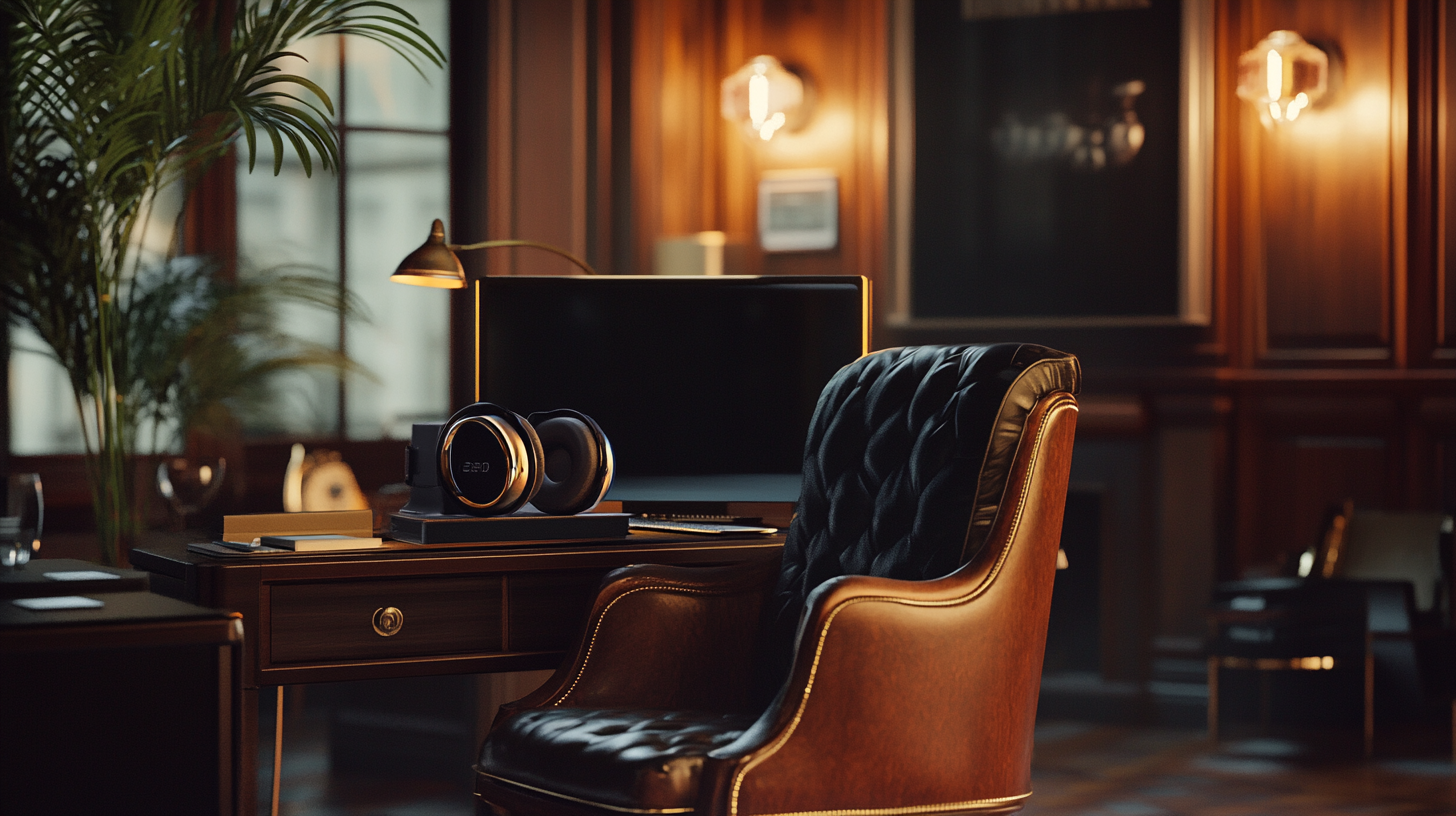
Whether you’re coasting at 35,000 feet or tuning out the chatter in a bustling hotel lobby, noise-canceling headphones remain a go-to gadget for maintaining focus. Personally, I’ve relied on them for everything from pressing deadlines on redeye flights to catching a catnap amidst airport chaos. According to a 2024 Global Travel Insights survey, noise-canceling headphones rank among the top five essential items for frequent flyers, which certainly aligns with my own experiences.
The beauty is in their versatility. I’ve tested in-ear buds that provide remarkable sound isolation without the weight of over-ear models, as well as impressive over-ear headphones that cradle you in near-silence, perfect for long-haul flights. Some now come with advanced features like adaptive noise cancellation, automatically adjusting their level based on the environment. If you prefer a wire for reliability or to conserve battery, many premium models include wired options too.
When choosing a pair, I suggest prioritizing comfort and battery life. Many new travelers overlook how uncomfortable ill-fitting headphones can be after hours of consecutive use. Test them, read reviews, or borrow a friend’s pair for a trial run. Trust me, investing in quality not only preserves your hearing but also ensures you can take that important client call without incessant background clamors.
4. Portable Power Banks
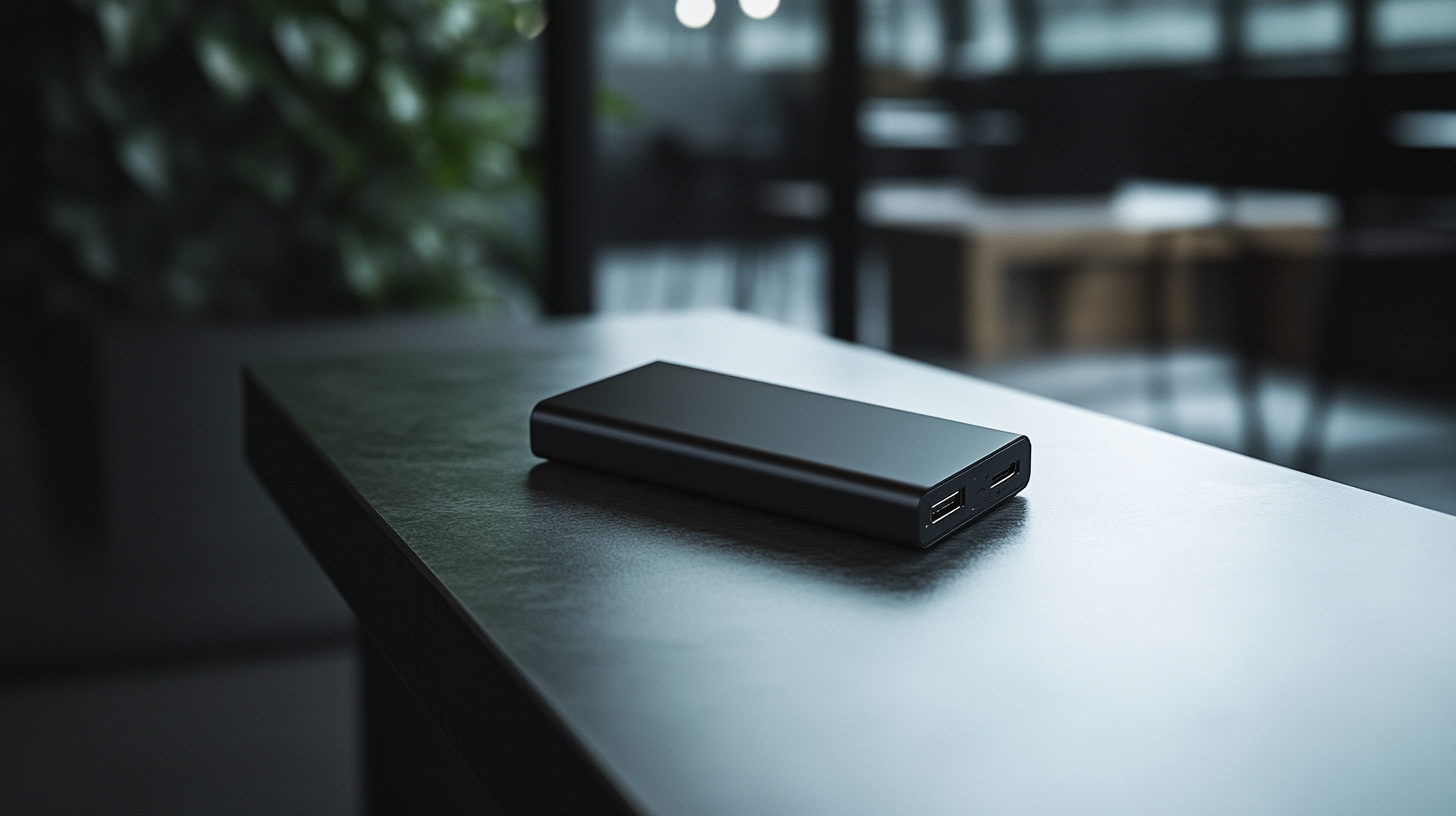
Running out of juice on a critical device once nearly derailed a key presentation of mine, so ever since, I’ve refused to travel without a high-capacity power bank. These trusty backups provide that crucial buffer when you can’t find an outlet—be it on a crowded train or in an old airport terminal. According to industry data, 57% of business travelers carry a minimum of two power banks to stay connected at all times, underscoring just how vital portable energy has become.
Some power banks now charge devices via USB-C with enough wattage to power certain laptops. I’ve encountered these heavy-duty models in coworking spaces, where remote workers rely on them for hours before needing to recharge the power bank itself. If, like me, you’re often juggling multiple meetings in different time zones, pass-through charging is a game-changer—your device charges while the bank itself is plugged in, maximizing efficiency.
The best part? Many brands are introducing slim designs that comfortably slip into a purse or briefcase. There’s even an emergence of eco-friendly power banks featuring recycled materials and solar charging. For me, it’s reassuring to know that even if I’m stuck on a delayed flight, I won’t be stuck without power—or forced into an awkward search for the one remaining outlet in a packed boarding area.
5. Bluetooth Trackers

It’s unsurprising that travelers consistently cite lost luggage and misplaced valuables as top stressors. I recall a frantic search at a train station for a small bag that contained my camera, which was eventually found thanks to a Bluetooth tracker pinging in real time. These compact trackers, like Apple AirTags or Tile devices, are more than just a luxury—they’re a practical failsafe that can be tucked into backpacks, wallets, and even coat pockets.
Some trackers sync seamlessly with your smartphone and can even trigger a noise to help you locate items in tight spaces. A recent report indicates that airlines globally handle over 25 million misplaced bags per year, so having personal trackers offers you a direct line of insight. I’ve had colleagues successfully retrieve their baggage from the wrong terminal by proving location data to airline staff.
Tracking technology has expanded beyond luggage. I’ve seen people attach trackers to passports, car keys, and even essential medical devices. With budget-friendly options widely available, I believe these are invaluable tools for any business traveler who wants to skip the panic and get on with their day. It’s an investment that pays for itself in the first crisis averted.
6. Foldable Keyboards & Screen Extenders
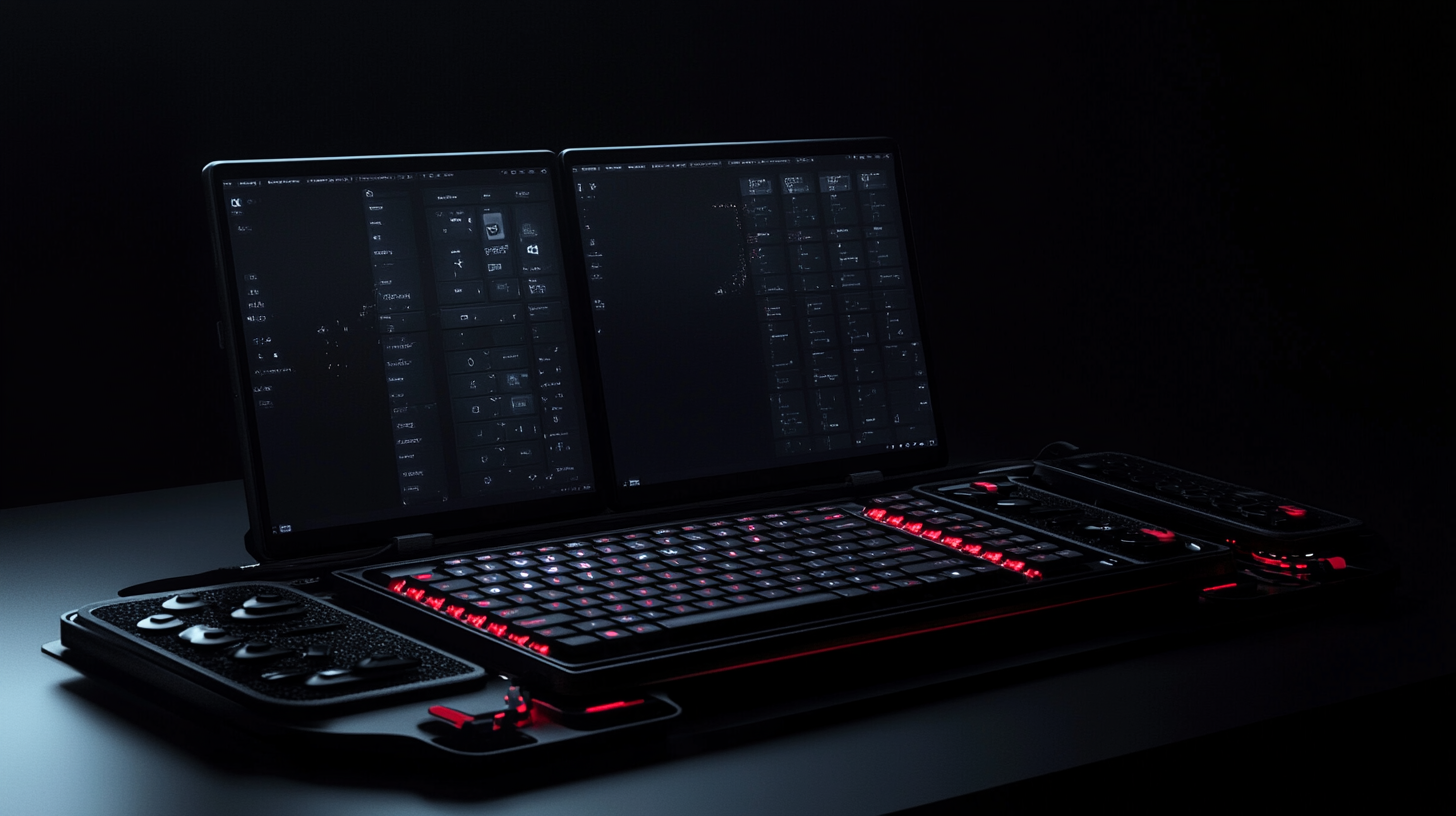
As someone who’s had to craft detailed reports on cramped airplane tray tables, foldable keyboards are a revelation. I’ve observed that many combine full-size layouts with a compact, folding design, making it more comfortable than typing directly on a small tablet screen. Plus, they slip into just about any side pocket and sync up via Bluetooth in seconds.
Screen extenders, meanwhile, tackle another common pain point: lack of workspace. These portable second screens clamp onto your primary laptop display, granting a dual-monitor setup for tackling spreadsheets, videos, or design software without flipping between windows constantly. In my experience, it simplifies everything from analyzing data to writing proposals, all while in transit. According to a productivity study, dual-screen users complete certain tasks up to 44% faster—music to the ears of any busy traveler on a deadline.
Consider battery life and resolution if you’re investing in a screen extender. Some newer models offer vivid color accuracy, vital if you’re, say, editing marketing materials or designing presentations on the go. Though they might be slightly more expensive, the productivity boost often justifies the extra cost, especially for those of us who find ourselves juggling multiple tasks under time pressure.
7. Reusable Water Bottles
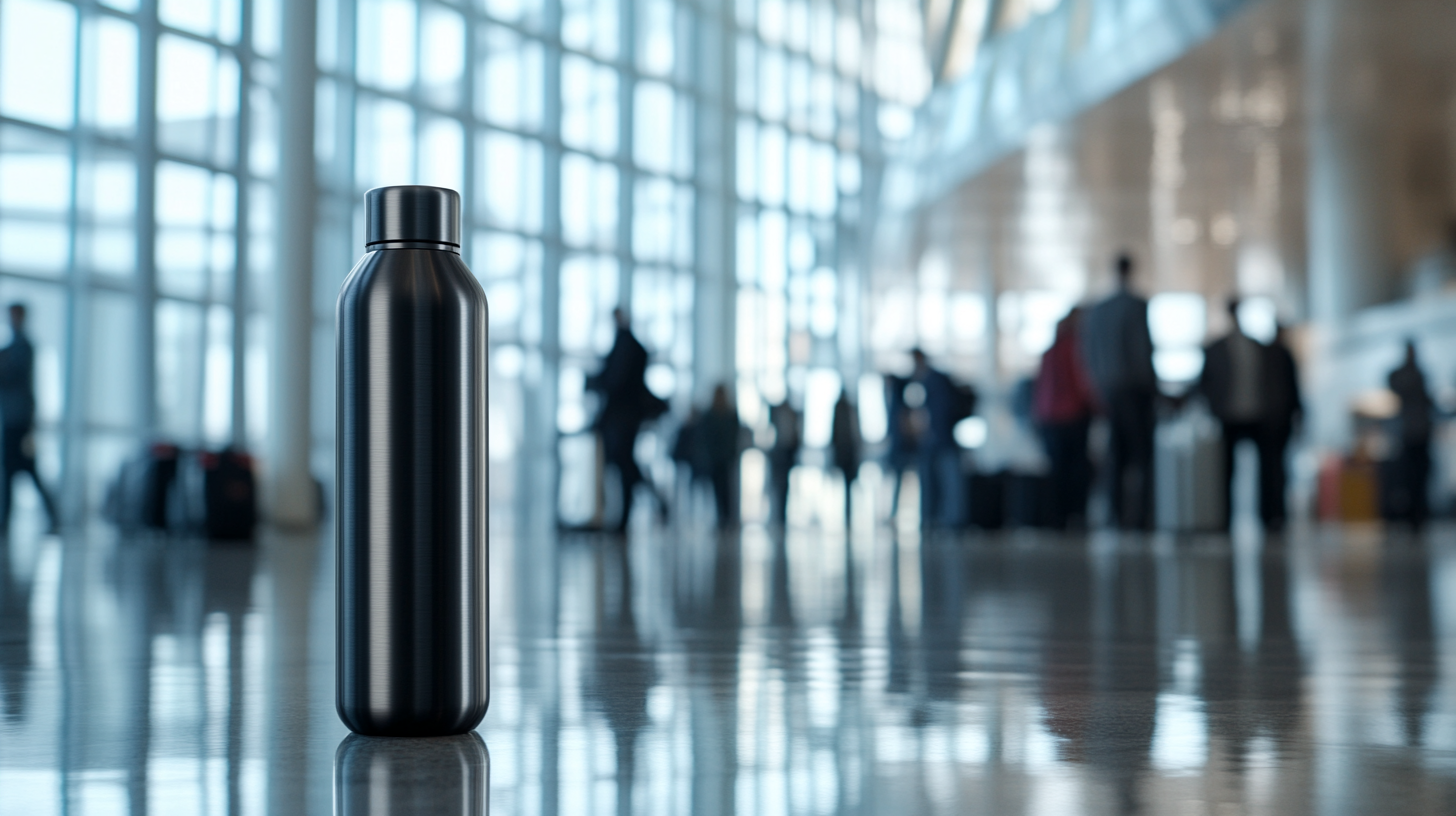
In my own frequent flights, carrying a reusable water bottle not only reduces waste but also keeps me hydrated in air-conditioned cabins that can quickly cause discomfort. According to a 2023 health and travel survey, about 21% of travelers reported dehydration symptoms on flights longer than four hours, making on-the-go hydration a real concern.
Self-cleaning models are a highlight for me. Using built-in UV lights, these bottles sanitize water within minutes—a brilliant feature if you’re unsure about local water sources. Some versions even include an insulated design, so your beverage remains at the desired temperature. For instance, I’ve kept my coffee warm through a six-hour flight, which is a boon when you’re navigating multiple time zones and need a caffeine boost on demand.
If you’re highly cautious, consider bottles with advanced filtration systems that eliminate traces of bacteria and heavy metals. I recall once landing in a country where potable water wasn’t guaranteed; these filters offered huge peace of mind. As a bonus, many airlines allow you to fill your bottle from onboard service, cutting down on single-use plastic cups—a small but meaningful step toward more sustainable travel.
8. White Noise Machines & Sleep Aids
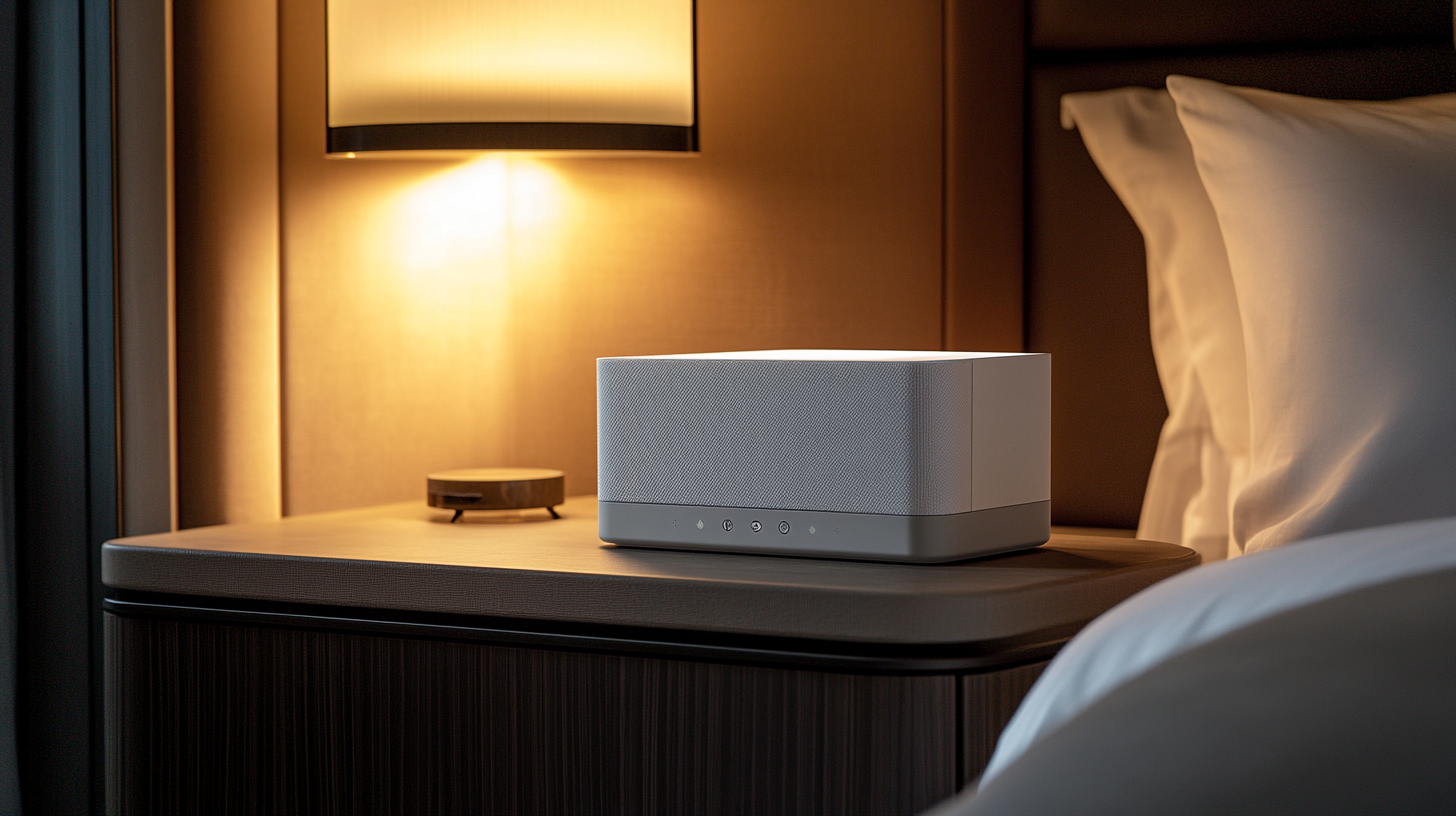
Time zone hopping can cause rest to become elusive. I’ve experimented with compact white noise machines that mask everything from hallway chatter to city traffic outside my hotel window. The steady, soothing hum fosters an environment conducive to deeper sleep, especially if you’re sensitive to disruptions.
On the more innovative side, I’ve encountered travel pillows that integrate AI-powered snore detection and even subtle adjustments to support the user’s head for optimal rest. A community-driven review site recently noted that travelers who used sleep aids on voyages longer than seven hours reported a 25% increase in perceived alertness upon landing. While personal preferences vary, I’ve found these advanced options can be especially beneficial if you’re heading directly into a packed conference schedule or crucial meetings.
If you prefer a simpler approach, I recommend trying small, portable sound machines or apps that generate ambient noise. As a bonus, many come with timers and nature-inspired settings (like ocean waves or rainfall) that can help lull you to sleep when your body’s clock is in a different time zone. Prioritizing rest isn’t just about comfort—it’s about safeguarding your ability to function at peak capacity.
9. Reliable Wi-Fi Solutions
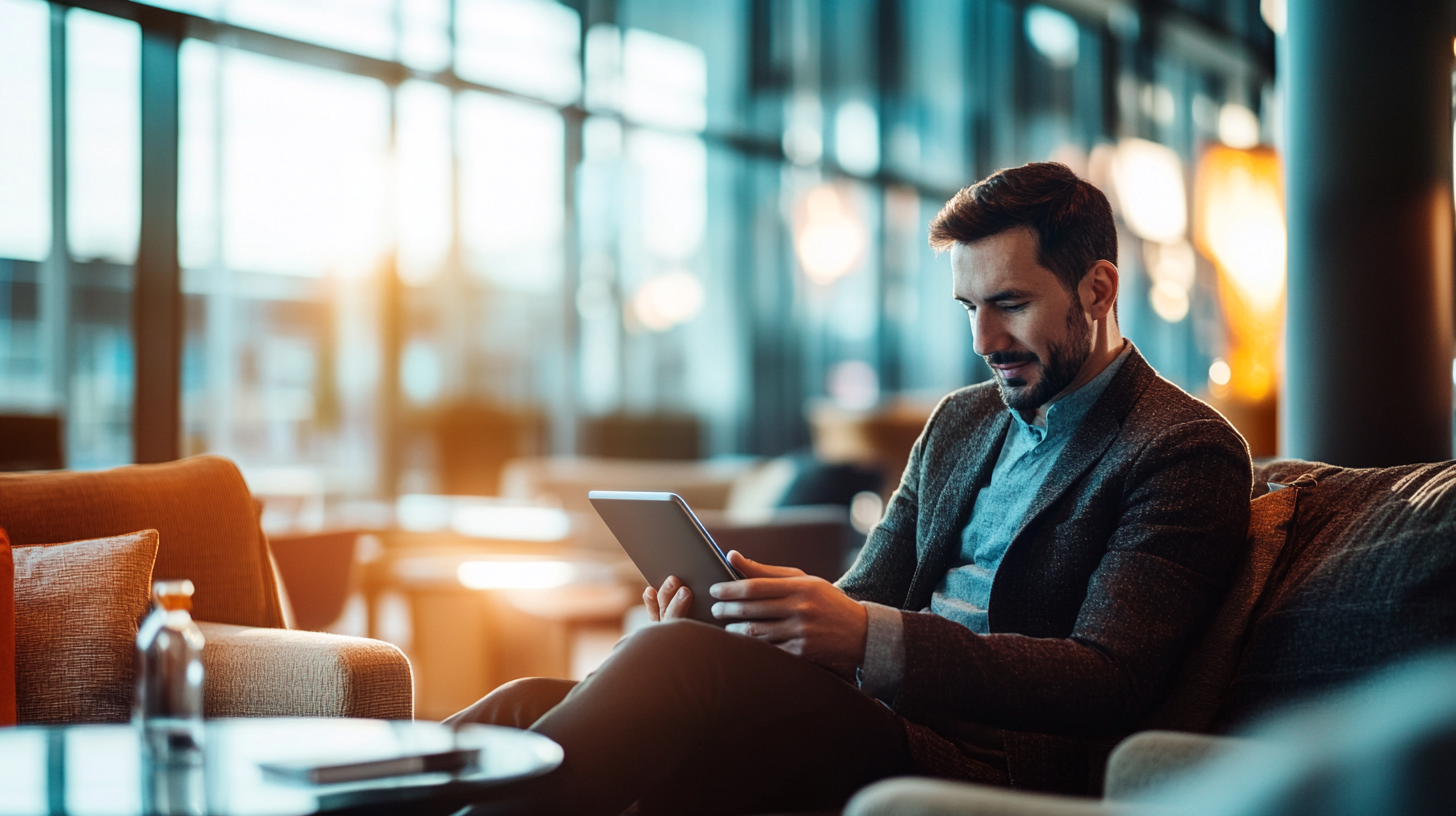
In 2025, even short hops between cities demand reliable connectivity. The rise of remote work has led more travelers to lean on pocket-sized hotspots and e-SIMs. Suited for multi-country travel, e-SIMs eliminate the hassle of physically swapping SIM cards. I find these particularly handy for last-minute changes, like if I suddenly need a more robust data package to join an unexpected video meeting.
For hotels and conference centers, Wi-Fi extenders come to the rescue when signals are weak or inconsistent. I recall an instance in a large convention hall where my colleague’s presentation kept buffering due to spotty internet. A small extender smoothed it out instantly, easing both tension and the reloading times of crucial slides. Studies show a direct correlation between reliable internet and productivity, and that’s no surprise to those of us juggling varied tasks on the road.
When exploring these options, pay attention to data limits, roaming charges, or subscription fees. For frequent flyers, long-term contracts with globally recognized carriers might be more cost-effective than ad hoc purchases. In my view, investing in a stable Wi-Fi solution is a must in today’s hyper-connected landscape.
10. Neck Pillows & Noise-Canceling Pillows
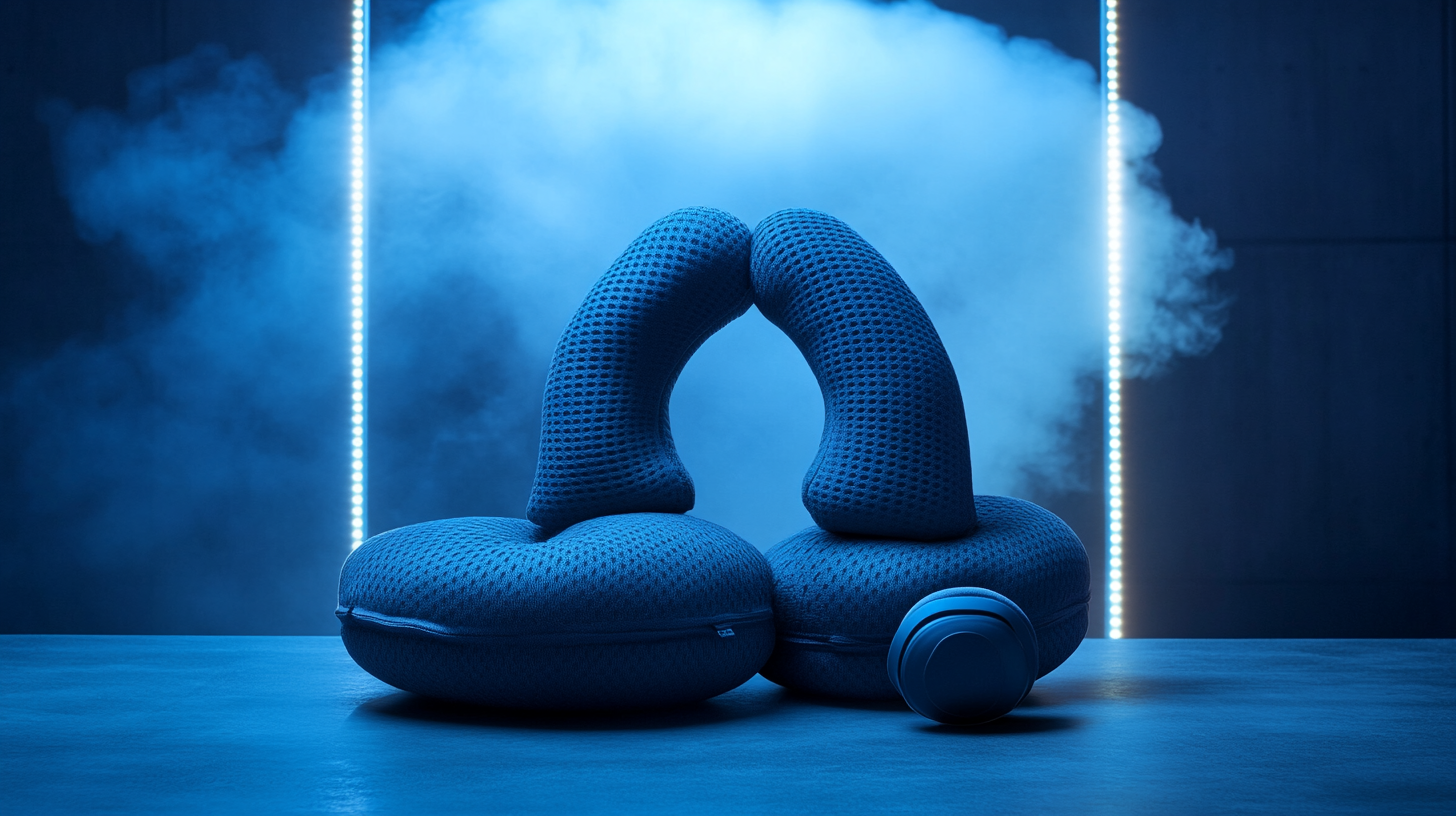
Neck support remains essential on flights—especially on those longer itineraries where your seat becomes your temporary bed. Traditional memory foam variations provide a universal fit, but I’ve also tested noise-canceling pillows that double down on peaceful rest by muffling those mid-flight announcements. For travelers like me who thrive on inflight naps, it’s sometimes the difference between landing groggy and landing clear-headed.
Some modern designs even come with cooling gel layers that regulate temperature around your neck and shoulders. A 2024 travel comfort survey highlighted that 76% of respondents complained about sweaty neck pillows on warm flights, so these gel-infused versions offer a welcome solution. Meanwhile, if you prefer minimal bulk, inflatable options save space and let you adjust firmness.
For maximum relaxation, combine these pillows with compression socks or a lightweight blanket. I’ve discovered these small additions help maintain circulation and warmth, ensuring you’re prepared for air-conditioned cabins or chilly gate areas. Arriving refreshed and presentable at your destination reflects well in both personal comfort and professional demeanor.
Final Thoughts
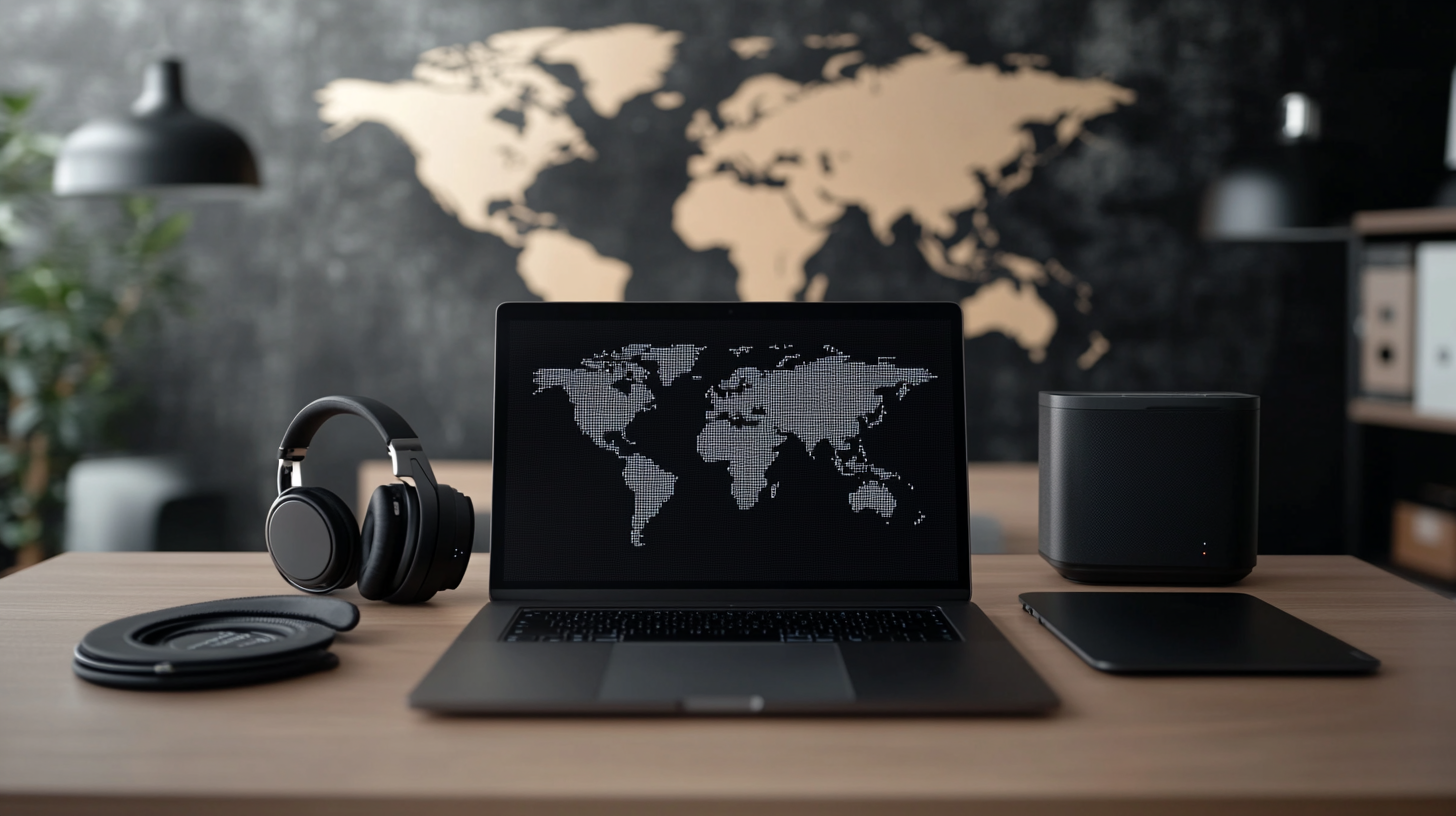
From versatile screen extenders that replicate a dual-monitor setup to noise-canceling pillows that create a cocoon of calm, the gadgets available today bring genuine value to the evolving world of business travel. I’ve learned that by upgrading your toolkit—be it through a reliable power bank or a UV-purifying water bottle—you’re not just investing in items, but in the promise of a more seamless journey. Even something as small as having the right universal adapter can prevent hours of hassle.
Ultimately, each device can act as a building block for a more productive and comfortable trip. As a frequent traveler, I’m always impressed by how well-chosen gadgets help reconcile the tension between the demands of professional life and the often unpredictable nature of moving from city to city. The result, I’ve noticed, is that I arrive at my destination better equipped mentally and physically, ready to tackle whatever the schedule throws my way.
Amelia Yeaher’s Take
I believe that thoughtful tech can humanize the travel experience by lifting many of our everyday pressures—lost bags, shaky Wi-Fi connections, and exhausting flights. Each gadget in this guide is a small step toward reclaiming control of your trip, transforming chaos into opportunity.
In my view, it’s this blend of efficiency and personal well-being that makes the modern travel experience so dynamic. By embracing tech designed with real-world problems in mind, we’re able to focus on what truly matters: making meaningful connections, expanding horizons, and moving forward in comfort and style.

